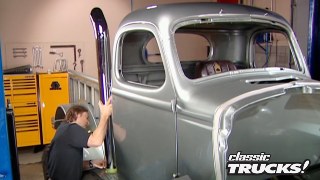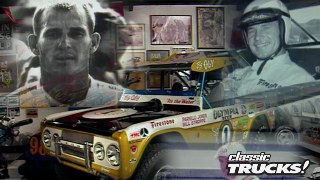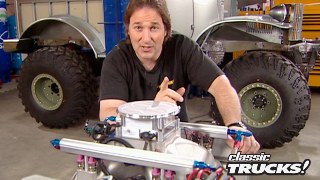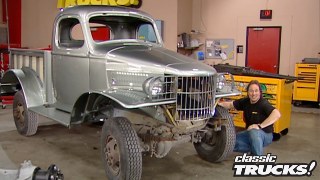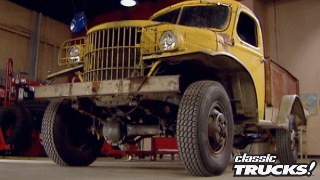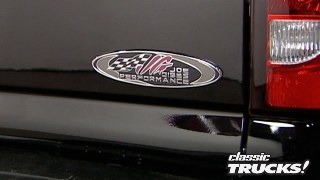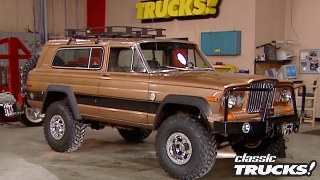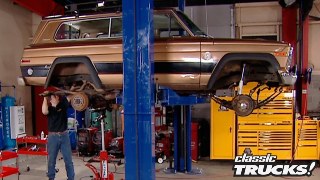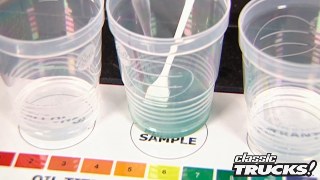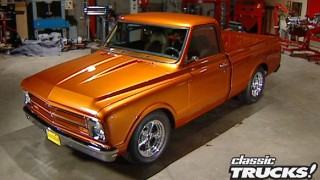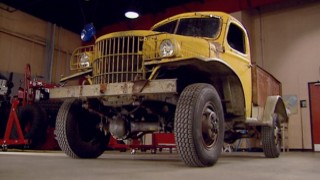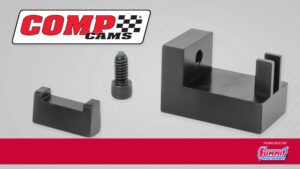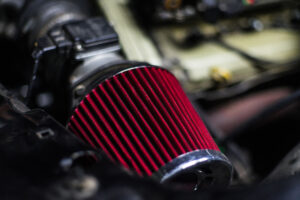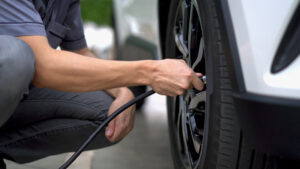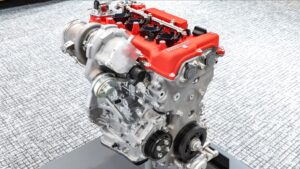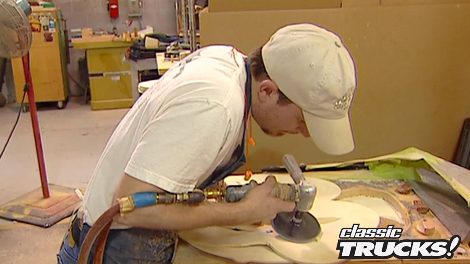
Gibson Guitar
We take a look at some of the options you have when you are building an engine for your truck, from nitrous, to superchargers, to fuel injection. Then it’s off to the Gibson guitar custom shop to take a look at the building of some very special guitars. And finally some of the crazy, behind the scenes things that go on during test drives.
Season 5
Episode 21
Hosts: Stacey David, Mel Fair
First Air Date: July 20, 2018
Duration: 20 minutes 3 seconds
